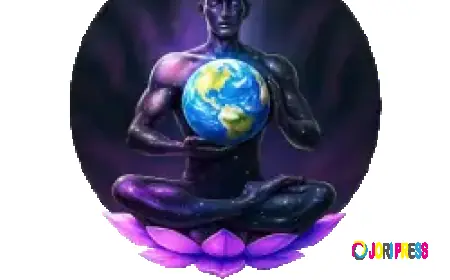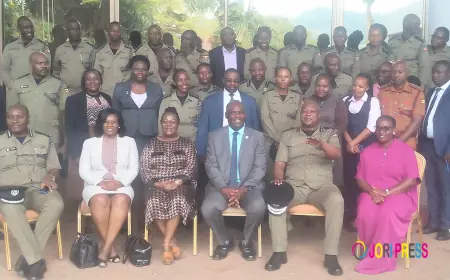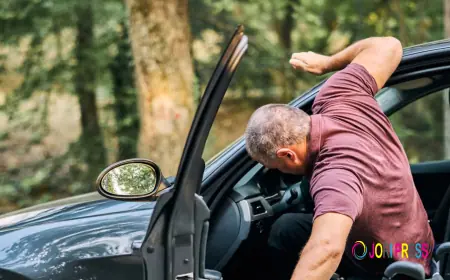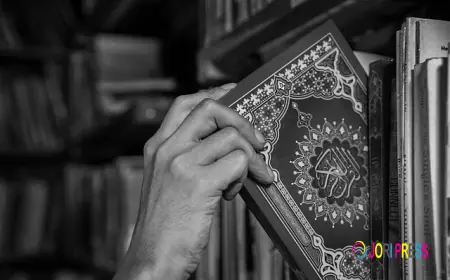Uganda forces expel cattle from Pian Upe reserve


 In September, soldiers, police officers, and rangers from the Uganda Wildlife Authority moved quietly into Pian Upe Conservation Area.
In September, soldiers, police officers, and rangers from the Uganda Wildlife Authority moved quietly into Pian Upe Conservation Area.
Their mission was not to confront poachers or armed raiders, but to steer thousands of cattle out of the sprawling 2,043-square-kilometre reserve. For months, herds belonging to Pokot pastoralists had overrun the grasslands, competing with antelopes and giraffes for food, and pushing wildlife onto nearby farms.
The government described the opera- tion as peaceful and overdue. For the first time in years, the park, home to Uganda’s only viable population of roan antelope and a critical corridor for eland, buffalo, and giraffe, is being reclaimed from livestock.
Cabinet approved the joint sweep to curb mounting human-wildlife conflict and ease the state’s burden of compensation claims from farmers whose crops have been destroyed by displaced animals.
“Illegal grazing is our biggest challenge right now,” admitted Frederick Wanyama, chief warden of Pian Upe. “Some boundary pillars were misplaced years ago, and without clear demarcation, herders walk in. We appreciate the support from sister forces, but we need stronger financial backing if we are to truly protect this wildlife.” 
The intrusion is not just about grass. Pian Upe, the only savannah park in eastern Uganda, is a linchpin for both biodiversity and tourism. Its sweeping plains, stretching from the slopes of Mount Kadam to the Kopenek lowlands, hold untapped potential for eco-tourism.
Yet each cow grazing inside the park represents erosion of that promise. Lt Col Obong Patrick Kalimuzuli, who commands UPDF’s Sector 39, framed the operation in terms of national interest.
“We must ensure the sanity of Pian Upe to promote a healthy ecosystem that supports tourism and national revenue,” he told reporters.
While many herders, some crossing from Kenya, others from Amudat, have led their animals out without protest, not everyone is cooperating. Local Pian Pokots, who consider parts of the reserve their ancestral grazing lands, have resisted, citing a resolution from a cultural festival and pointing to a colonial-era regulation from 1964.
Their cause has found political champions, including Nakapiripirit MP Esther Anyakun. That resistance carries a dangerous history. In 2024, meetings framed as cultural gatherings in the same region ended in violent clashes.
Security officers insist this year’s operations remain firmly non-confrontational, but the undertones of defiance are unmistakable.
Calls for vigilance
Retired Captain Andy Marthell, who oversees law enforcement technology in the region, argued that reclaiming the park will require more than a one-off operation.
“We need more tactical outposts to monitor the grazers,” he said. “Illegal grazing must be contained before it escalates again.”
Major Samuel Masereje, head of intelligence and investigation for Uganda Wildlife Authority, emphasized the approach will remain rights-based.
“This is a peaceful operation,” he said. “We are training UPDF officers in wildlife standards to ensure we protect not only the animals but also the dignity of the communities around the park.”
The Future of Pian Upe
The sweep may have succeeded in removing cattle, for now. But the deeper question is whether Uganda can balance pastoralist traditions with the imperatives of conservation.
For the Pokot, cattle are more than property; they are culture, livelihood and identity. For con- servationists, each herd in the reserve is a direct threat to species survival.
Pian Upe is more than a park on a map. It is a test case for how Uganda handles the collision of tradition, politics, and conservation. Its survival, in many ways, is a measure of whether the country can safeguard both its cultural heritage and its natural one.
What's Your Reaction?
 Like
0
Like
0
 Dislike
0
Dislike
0
 Love
0
Love
0
 Funny
0
Funny
0
 Angry
0
Angry
0
 Sad
0
Sad
0
 Wow
0
Wow
0
















































